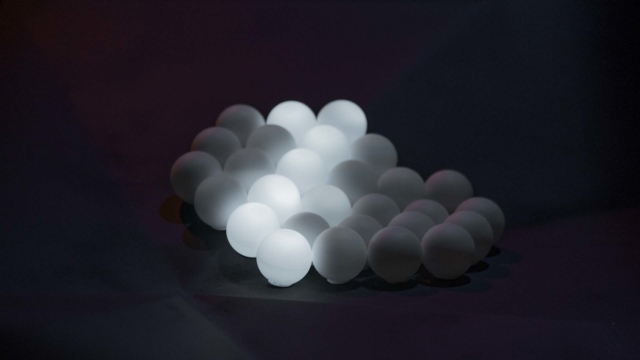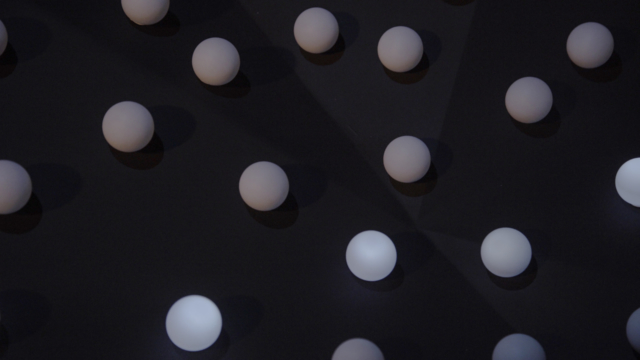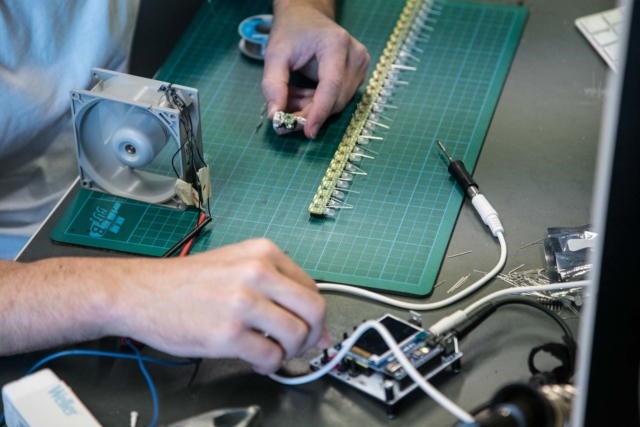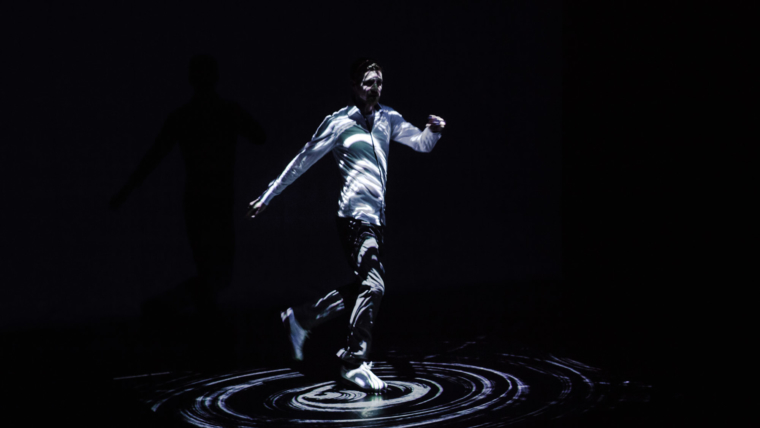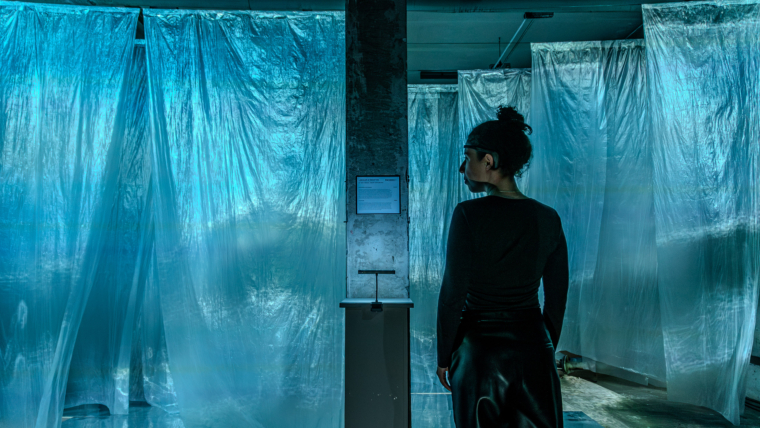SCREENIZATION: AUTONOMY
SCREENIZATION: AUTONOMY
Pixel-Schwarm-Screen Experiment
Präsentiert im November 2018
Teil einer Serie von Experimenten zum Thema "Screenization"
What if pixels could be spread like paint? What if they would not need to know about their position and context in relation to the “bigger picture”? What if individual pixels became autonomous, in the sense of power supply, input and output? What if they could memorize the content that they are showing?
For this experiment, a series of autonomous pixel units were build, each consisting of a light sensor, a micro processor and a light emitting diode. Whenever a unit receives a certain light signal, it starts recording the following sequence of light intensities and is afterwards able to replay it. These “Spatial Pixels” can be equipped with magnets or adhesive parts, so they can be distributed on almost every surface. Using a directed light source, like a projector with a custom-fitting projection, to “imprint” the sequences it is possible for the pixels to act as sort of swarm screen, working together without having to know about the context or each other. To demonstrate the principle functionality, fifty autonomous pixel units have been built and presented in an experimental setup.
Credits:
Part of Lorenz Potthast Master Thesis „Screenization – On the Diffusion of Digital Screens“
Master Digital Media – University of Arts Bremen
Process
Thinking further, with improvements in the electronic engineering and by reducing the size and production costs, a larger scale production would enable for a whole new field of screenic applications. In theory, three of the fundamental functionalities could also be realized with the technology of LEDs alone: Obviously they can emit light, but also they can be reverse-biased to generate electricity and to act as light sensors.
This experiment was part of project “Screenization – On the Diffusion of Digital Screens”, which combines a detailed examination of the historic development of screens and theoretical thoughts about the essence of screenic properties with two experimental infrastructures to make speculations about screens of the future tangible. You can find the theoretical background in the PDF and some more context here.




